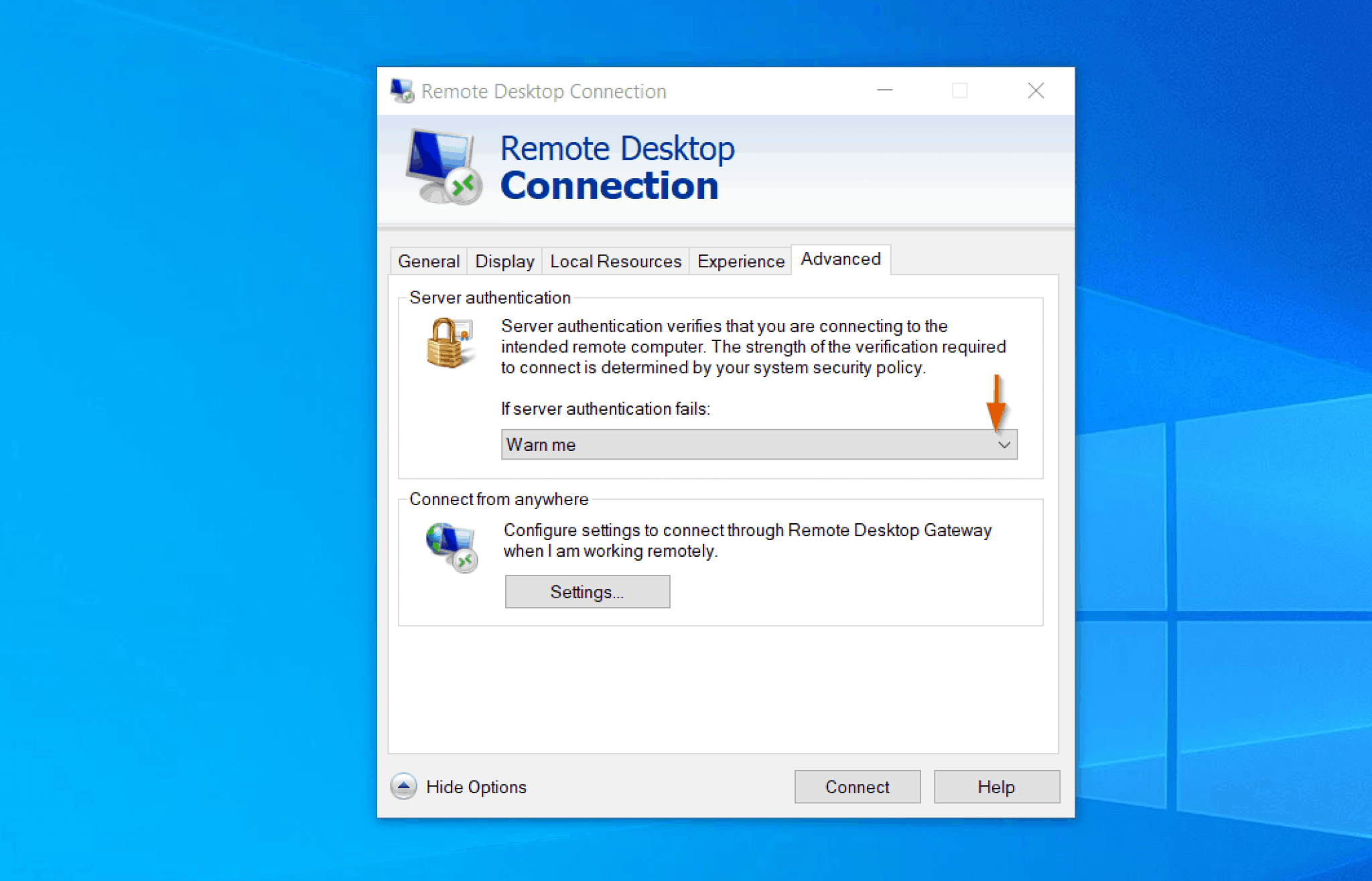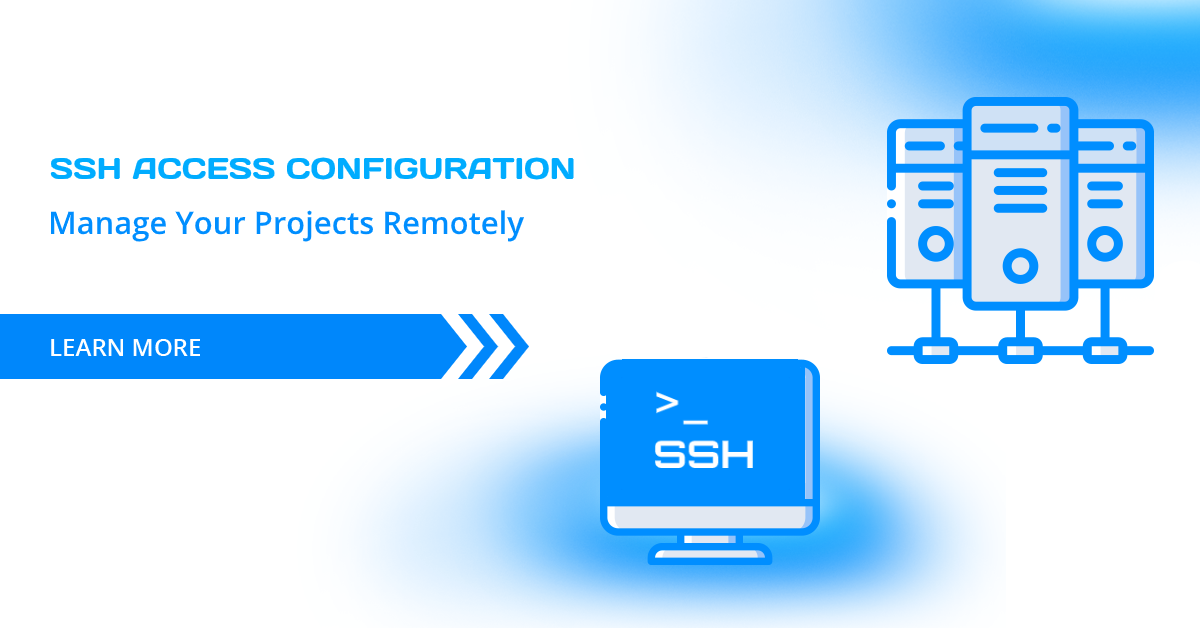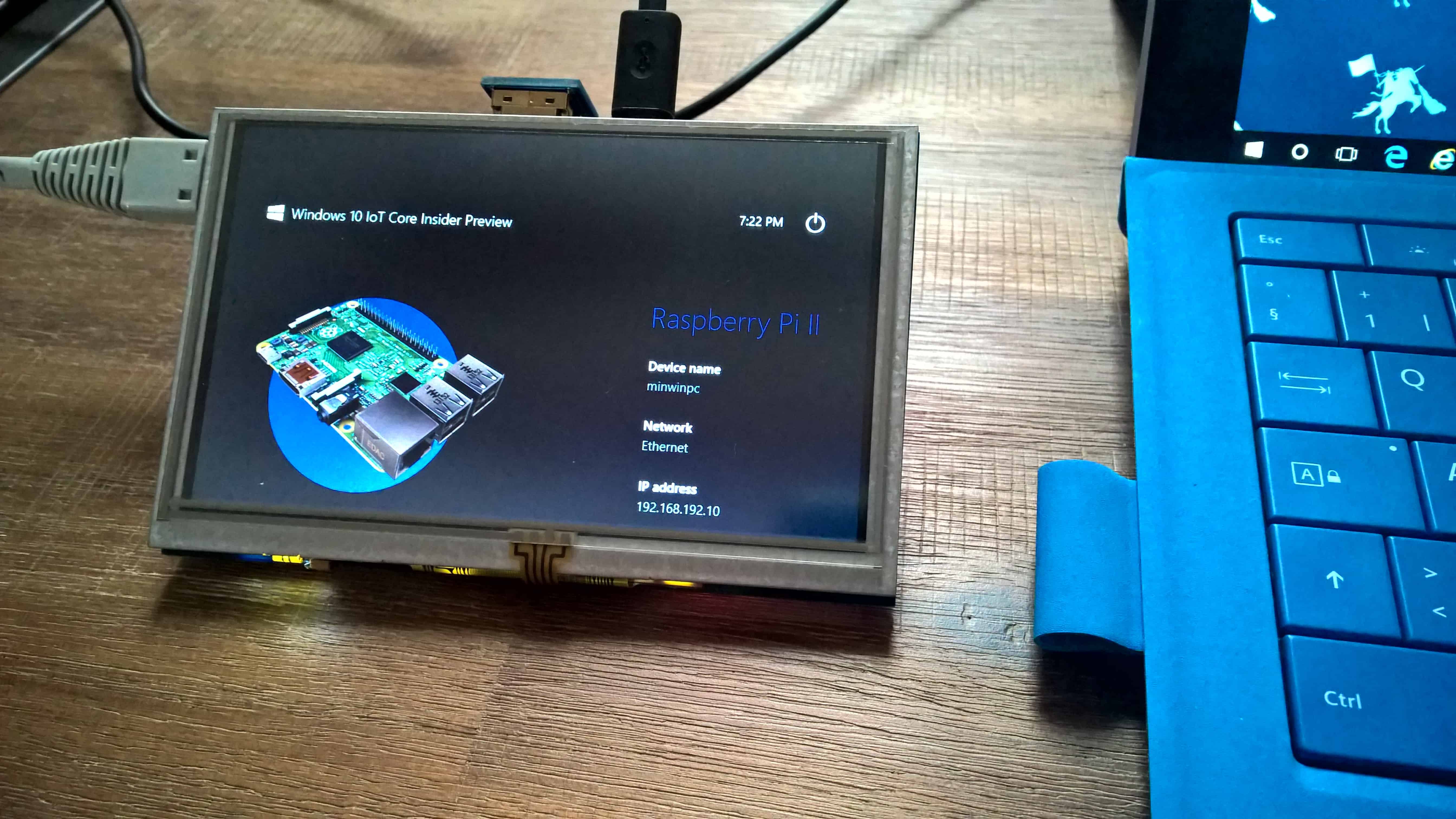Securely Connect Remote IoT P2P Downloads On Windows 10: A Simple Guide
Connecting things from far away, especially for getting files from one place to another, can feel a bit tricky. You want to make sure your smart home gadgets or other connected devices talk to your computer without letting unwanted visitors in. This guide talks about how you can securely connect remote IoT P2P downloads on Windows 10, keeping your information safe and sound. It's about making sure your data travels a good, protected path, you know, when it moves from one spot to another.
Lots of people are bringing smart devices into their homes and workplaces these days. These gadgets often need to send or receive information, sometimes directly from one device to another, which we call P2P. When your Windows 10 computer is part of this setup, especially for getting things from a distance, safety really matters. You really don't want any surprises popping up.
Keeping these connections safe helps stop bad things from happening. It helps protect your personal stuff and keeps your systems running smoothly. We will look at some good ways to set things up, making sure your remote IoT P2P downloads on Windows 10 stay private and protected. It's a pretty important thing to get right, actually.
- Faith Adanza
- V3 Vegamovies.bitbucket.io
- Howard Morley Oregon
- Emily Compagno
- How Much Does Patience Wolfe Make
Table of Contents
- Understanding the Basics of Secure Connections
- Setting Up Your Windows 10 for IoT Security
- Securing Your Remote IoT Devices
- P2P Downloads and Data Safety
- Common Connection Problems and How to Fix Them
- Future-Proofing Your Secure Setup
- Frequently Asked Questions
Understanding the Basics of Secure Connections
When you want to securely connect remote IoT P2P downloads on Windows 10, it helps to know what makes a connection safe. It's like building a good, strong fence around your digital stuff. This means making sure no one can listen in or mess with your data while it moves from one spot to another. That's pretty important, you know, for privacy.
What Makes a Connection Safe?
A safe connection usually has a few key things. First, it uses something called encryption. This scrambles your data so only the right people can read it. Think of it like a secret code. If someone else tries to look at it, all they see is gibberish. That's a good thing, really.
Then, there is authentication. This means making sure that the devices talking to each other are who they say they are. It stops fake devices from joining your network. Like, you know, a secret handshake. This helps build trust between your devices, which is quite useful for securely connecting remote IoT P2P downloads on Windows 10.
Also, data integrity is a big part of it. This just means making sure the data doesn't get changed while it's moving. No one wants corrupted files, right? So, checks are put in place to see if the data arrived just as it left. This gives you peace of mind, basically.
Why Security Matters for IoT and P2P
IoT devices, like smart cameras or sensors, often collect very personal information. If these devices are not safe, that information could get out. This is a big worry for many people. So, keeping them secure is a must, you know, for your own peace.
P2P downloads, where files go directly from one computer to another, also carry risks. You might download something that has bad software hidden inside. Or, someone might watch what you are downloading. So, making sure these transfers are safe is a very smart move. It protects your computer from bad stuff, actually.
When you combine IoT and P2P, the risks can grow. You want to make sure your smart devices are not entry points for unwanted access to your Windows 10 computer. So, setting up things properly helps you securely connect remote IoT P2P downloads on Windows 10. It's about being careful, basically.
Setting Up Your Windows 10 for IoT Security
Your Windows 10 computer is often the hub for your remote IoT devices and P2P activities. Making sure it is strong and protected is the first step. This involves a few simple things you can do to keep it safe. It's about making your computer a tough nut to crack, you know.
Keeping Windows 10 Updated
One of the easiest ways to keep your Windows 10 computer safe is to always get the latest updates. The text mentions: "Your device is at risk because it's out of date and missing important security and quality updates." This is a real thing. These updates fix problems and add new ways to protect your system. So, you want to get those as soon as they are ready. It's like getting new locks for your door, basically.
Windows 10 usually updates by itself, but it's a good idea to check every now and then. You can go into your settings and look for updates. If you see a message about your device being at risk because it's out of date, it's time to act. Just select the button to get going, as the message often says. This helps your computer run more securely, which is really what you want.
Firewall Settings for Protection
Your Windows Firewall is like a guard for your computer. It controls what goes in and out of your network. You can set it up to block things you don't want and let through things you do. This is very important for securely connecting remote IoT P2P downloads on Windows 10. It keeps unwanted traffic out, you know.
Make sure your firewall is on and set to block connections you don't recognize. If you are using specific software for IoT or P2P, you might need to tell your firewall to let that software work. But be careful; only allow what you really need. This helps keep your system tight, so to speak.
Antivirus and Malware Defense
Having good antivirus software on your Windows 10 computer is a must. This software looks for and gets rid of bad programs that can harm your system. It's like having a security guard always on duty, watching for trouble. You really want to have one running all the time.
Make sure your antivirus program is always up to date. New threats appear all the time, so your software needs to know about them. Run full scans often to catch anything that might have slipped through. This adds another layer of safety for your remote IoT and P2P activities. It's a pretty good idea, actually.
Securing Your Remote IoT Devices
Beyond your Windows 10 computer, the IoT devices themselves need attention. Each device can be a possible weak spot if not set up with care. Taking steps to secure them helps make sure your whole system is strong. It's about making every link in the chain strong, you know.
Strong Passwords and Device Access
Many IoT devices come with easy-to-guess default passwords. You need to change these right away. Use long, complex passwords that mix letters, numbers, and symbols. Each device should have its own unique password. This stops someone from getting into one device and then getting into all of them. It's a very simple step that makes a big difference, really.
Also, think about who can get to your devices. If a device can be reached from the internet, make sure it has the strongest security settings possible. Limit access to only those who need it. This helps keep things private, basically.
Device Firmware Updates
Just like your Windows 10 computer, your IoT devices have their own software, often called firmware. This firmware also needs updates. Manufacturers release these updates to fix security holes and improve how the device works. You should check for these updates regularly. This keeps your devices working well and staying safe, you know.
Sometimes, getting these updates can be a bit tricky. You might need to go to the device maker's website. But it's worth the effort to keep your devices protected. An outdated device could be an easy target for someone looking to cause trouble. So, do check for those updates.
Network Segmentation for IoT
For even better safety, think about putting your IoT devices on their own separate network. This is called network segmentation. It means your smart devices have their own part of your home network, separate from your main computers and phones. This way, if one IoT device gets compromised, it can't easily spread to your other devices. It's like having different rooms in a house, so to speak.
You can often do this using your home router's settings, creating a guest network or a separate VLAN. This adds a good layer of protection for securely connecting remote IoT P2P downloads on Windows 10. It's a smart way to keep your important stuff safe, actually.
P2P Downloads and Data Safety
P2P downloads are great for sharing large files, but they also come with their own set of safety concerns. When you are using P2P for remote IoT data, you want to be extra careful. This section talks about how to make those downloads safer. It's about being smart about what you get and how you get it, you know.
Choosing Trusted P2P Tools
There are many P2P programs out there. Some are better than others when it comes to safety. Pick well-known and respected software that has a good reputation for security. Read reviews and see what others say about them. Avoid programs that seem too good to be true or come from unknown sources. This helps you avoid bad software, basically.
Also, be careful about where you get the P2P software itself. Only download it from the official website of the software maker. Getting it from other places could mean you are downloading something that has been tampered with. So, be picky about your tools.
Using a Virtual Private Network (VPN)
A VPN can add a lot of safety to your P2P downloads. It creates a secure, encrypted tunnel for your internet traffic. This means your internet provider and others can't see what you are doing online. It also hides your real IP address, making it harder to track you. This is a very good step for privacy, really.
When you use a VPN for P2P, you are adding a strong layer of protection. This helps when you securely connect remote IoT P2P downloads on Windows 10, especially if the data is sensitive. Make sure you pick a VPN provider that you trust and that has a clear policy about not keeping logs of your activity. This is pretty important, you know.
Learn more about data security on our site.
Checking Data Integrity
When you download files, especially large ones from remote IoT devices via P2P, it's a good idea to check if the file is complete and hasn't been changed. Some P2P tools or sources provide what's called a checksum or hash. This is like a unique digital fingerprint for the file. You can compare this fingerprint after the download. If they match, the file is good. If not, something went wrong or the file was tampered with. This is a simple check that can save you trouble, actually.
For example, if you are downloading a system update for an IoT device, verifying its integrity is very important. A corrupted or altered update could cause big problems for your device. So, taking that extra step to check can make a big difference for securely connecting remote IoT P2P downloads on Windows 10. It's a good habit to get into, you know.
Common Connection Problems and How to Fix Them
Sometimes, even with the best setup, you might run into issues when trying to securely connect remote IoT P2P downloads on Windows 10. Knowing what these problems look like and how to deal with them can save you a lot of worry. It's about being ready for bumps in the road, you know.
Untrusted Connection Warnings
You might see messages like "This connection is untrusted you have asked firefox to connect securely to www.xxxxxxxxxxxx.com, but we can't confirm that your connection is secure." Or, "There is a problem connecting securely to this website the security certificate presented by this website is not secure." These warnings mean your computer can't verify the identity of the other side of the connection. It's like someone at the door without proper ID. This is a big red flag, really.
When you see such a warning, do not continue to that website or connection. The text also mentions: "The security certificate presented by this website was not issued by a trusted certificate authority." This means the digital "ID" of the site or device isn't from a recognized source. It could mean someone is trying to trick you or intercept your data. You should close that webpage right away. It's a serious matter, basically.
To fix this, make sure your computer's date and time are correct. Sometimes, a wrong date can make certificates look invalid. Also, check if your browser or system trust settings are okay. If the problem keeps happening, the issue might be with the remote device or service itself, and you should probably avoid it. Your safety is more important, you know.
Dealing with Outdated Systems
We talked about keeping Windows 10 updated, but sometimes other parts of your system might be old. This includes drivers for your network card or other hardware. Outdated drivers can cause connection problems or even create security weaknesses. So, checking these regularly is a good idea. It helps everything work together smoothly, actually.
If you are having trouble connecting securely, check your device manager for any outdated drivers. You can usually find newer versions on the hardware manufacturer's website. Keeping everything fresh helps with overall system health and security. This is pretty important for securely connecting remote IoT P2P downloads on Windows 10. So, give it a look.
Future-Proofing Your Secure Setup
The world of technology changes fast. New threats appear, and new ways to protect yourself come out. To keep your remote IoT P2P downloads on Windows 10 safe, you need to stay informed. It's about keeping up with the times, you know.
Keep an eye on news about IoT security and Windows 10 updates. Follow trusted tech sources. Being aware of new risks helps you prepare and adjust your security settings. This proactive approach keeps you ahead of potential problems. It's a smart way to manage your digital life, basically.
Regularly review your security settings for both your Windows 10 computer and your IoT devices. What was safe last year might not be safe this year. A quick check every few months can make a big difference. This helps you maintain a strong defense for securely connecting remote IoT P2P downloads on Windows 10. So, make it a habit.
You can also find more good advice on internet security here.
Frequently Asked Questions
Here are some common questions people ask about keeping their remote IoT and P2P connections safe on Windows 10.
How do I make sure my IoT devices are secure on Windows 10?
To keep your IoT devices safe, always change their default passwords to strong, unique ones. Make sure your Windows 10 computer is always updated with the latest security fixes. Use a good firewall and antivirus program. Also, think about putting your IoT devices on a separate part of your network. This helps a lot, you know.
What are the risks of P2P downloads on Windows 10 and how can I mitigate them?
P2P downloads can bring bad software to your computer or expose your online activity. To lower these risks, use trusted P2P software from official sources. Always use a VPN to hide your IP address and encrypt your traffic. Check file integrity with checksums if available. This helps keep things safe, basically.
How can I securely connect to remote devices for data transfer?
For secure data transfer to remote devices, use encrypted connections like VPNs or secure protocols. Make sure both your Windows 10 system and the remote device have the latest security updates. Always verify the identity of the remote device to avoid untrusted connections. This helps ensure your data travels safely, actually.
- Aditi Mistry Nipples
- Abby Berner Leaks
- V3 Vegamovies.bitbucket.io
- Emily Compagno
- Wasmo Telegram Link 2025

Secure Remote IoT P2P Downloads On Windows 10: A Guide

Secure Remote IoT P2P Downloads On Windows 10: A Guide

Secure Remote IoT P2P Downloads On Windows 10: A Guide